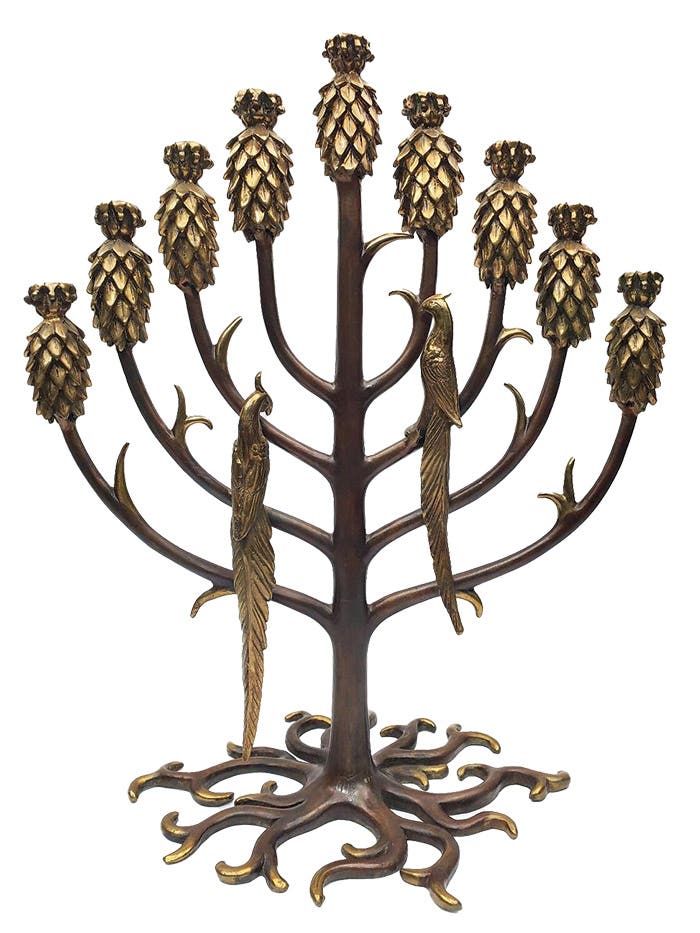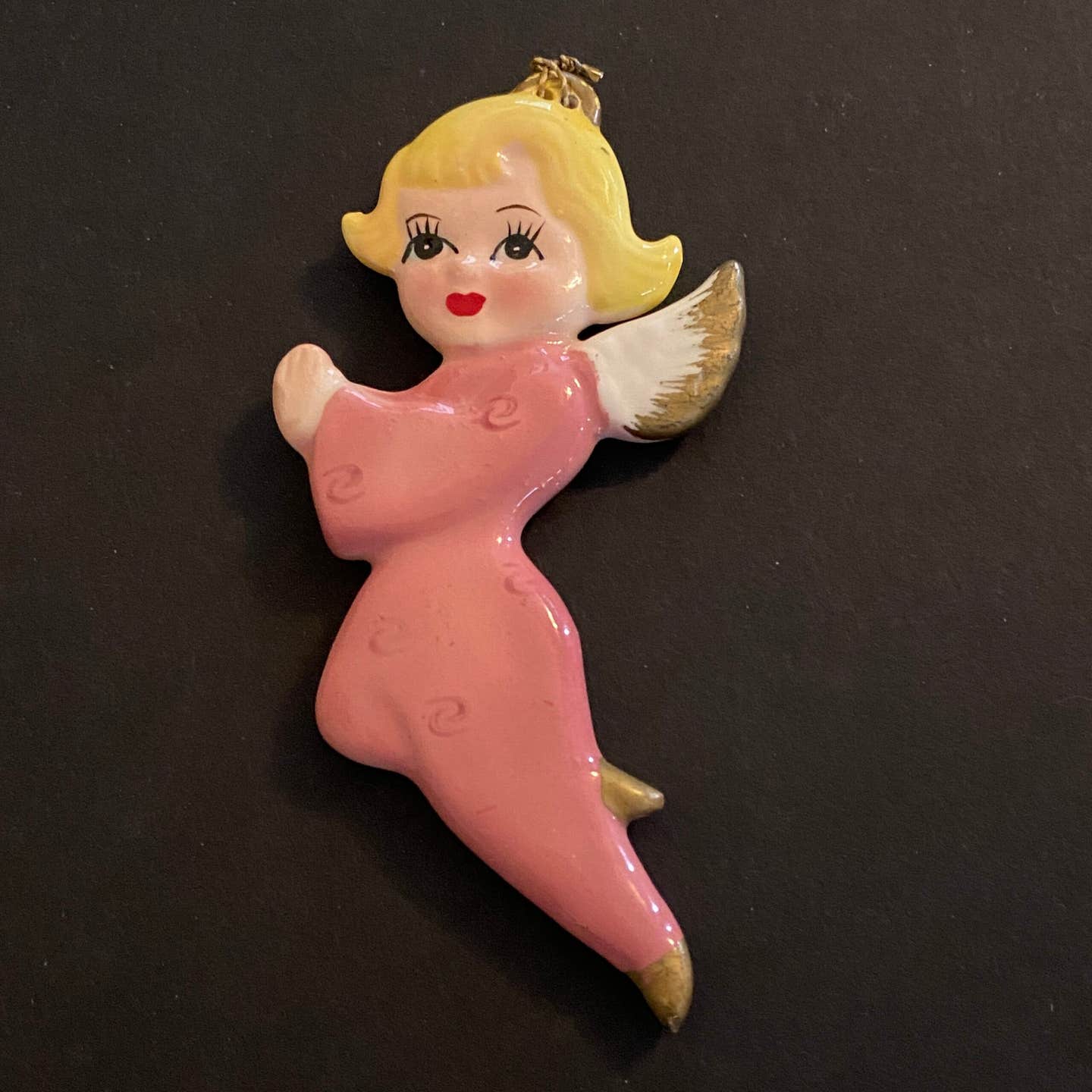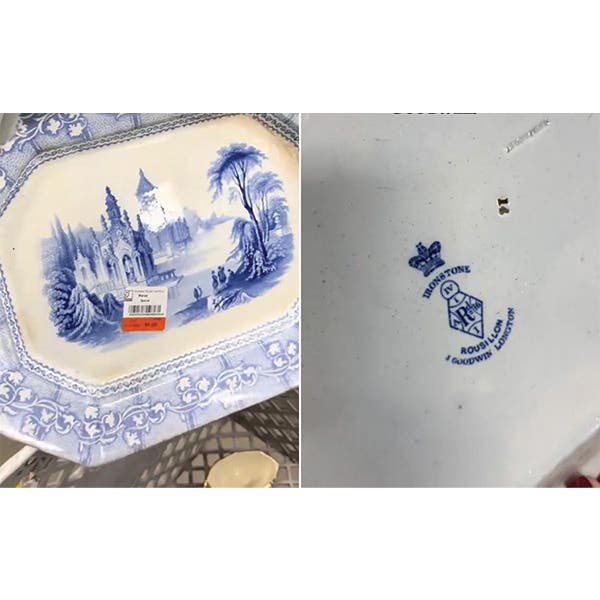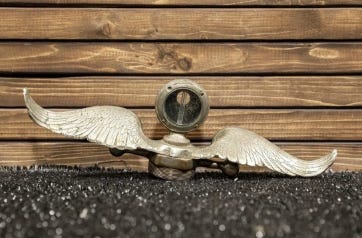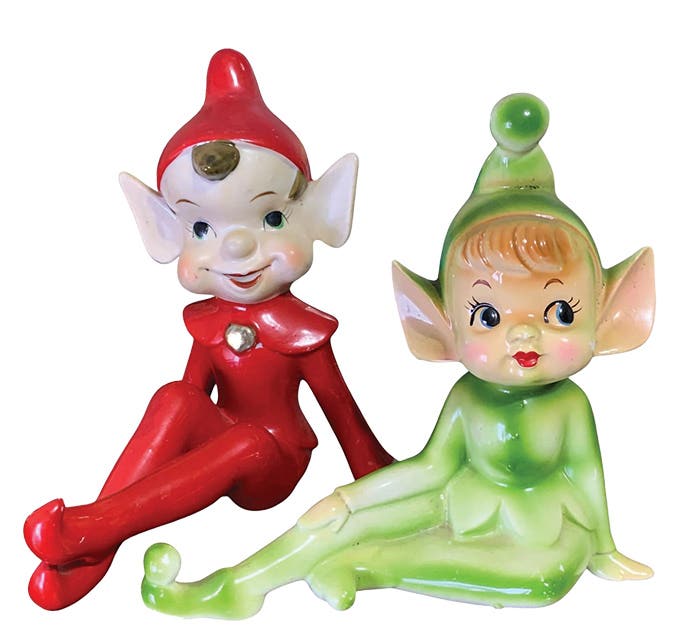Author shedding light on vinyl values
In a recent Insider Interview, Pat Prince, editor of Goldmine Magazine, a sister publication of Antique Trader, chatted with Dave Thompson, author of the new edition of Goldmine Record Album Price Guide — the premiere guide to vinyl records.
Krause Books has just released the 8th Edition of its “Record Album Price Guide.” The Goldmine price guides have always been a sound ally for vinyl collectors. This particular edition of the “Record Album Price Guide” updates pricing for more than 100,000 American vinyl albums released since 1948, with essential tips to accurately grade and value records, including promotional pressings.
Goldmine editor Patrick Prince took the opportunity of the new release to speak with “Record Album Price Guide” author (and longtime Goldmine magazine contributor) Dave Thompson on what goes into making this book a standard in the record collecting industry.
Goldmine: Each edition of the “Record Album Price Guide” is a massive undertaking. How long does it take a guide like this to finish? When did you first start working on these guides?
Dave Thompson: The work never ends! As soon as one edition is completed, we begin work on the next, constantly reevaluating prices and data as new information comes in. It’s astonishing that after all these years we are still discovering new things about records that might have been listed here ever since the first volume — a correction of a catalog number, a nudge toward a recent high price. All sorts of things can come to light.
GM: In your opinion, what makes these record guides so unique?
DT: The fact that we catalog everything! True, the sheer size of the books means we do have to start being selective about the artists included — for instance, logistics demand that albums priced below a certain threshold can no longer be listed. But I know that many collectors do keep their old editions, and while it’s not ideal, they have more data at their fingerprints than any other source I can think of.
GM: Elvis and Beatles records continue to be ranked high in worth year after year. What makes these records continue to be valuable?
DT: Quite simply, because people want them and because more people start collecting them every year. If you want a true, no-holds-barred snapshot of collecting in America (and elsewhere around the world) in 2015, the answer is: there’s the Beatles, there’s Elvis and there’s everybody else.
This article appeared in Antique Trader magazine
Learn about subscribing to Antique Trader magazine for just $26 a year for a print subscription (delivered about twice a month) or $20 for a one-year digital subscription.
GM:Is there a specific record that causes a lot of misconception about what it’s really worth?
DT: Again, the Beatles and Bob Dylan are probably the leaders, but there’s a lot of others. The Stones Promo LP, Bowie’s “Diamond Dogs” (it’s amazing how many people think they can see the dog’s testicles!) and the old stand-by, “my mate’s copy of the Who ‘Live at Leeds,’ which has a whole bunch of old contracts and stuff in it. The record’s scratched, but the paperwork must be worth a mint!”
GM:As far as investing into a specific music category, is there a music genre that record collectors should watch for in the not-so-distant future?
DT: The Beatles, if you’re careful. Dylan, likewise. Jazz. There is a huge interest in jazz, always has been, and the prices are always on the up — for the right pieces, of course. Right now, there also seems a lot of excitement about Folk and Folk Rock. Some of it, maybe, is the consequence of the last Coen Brothers movie, which was truly brilliant, but I think there’s always been a massive underground interest in that area, and it’s now beginning to surge forward. Early pressings on Vanguard and Elektra, John Fahey’s Takoma output and even things like the Kingston Trio, Ewan MacColl and Pete Seeger, the old “thrift store staples.” Suddenly the prices are climbing.
GM:2015 Record Store Day reported that Jack White’s latest album was the highest-selling record on that day. Do you think these new releases (by more contemporary artists) on vinyl will be worth something in 20 years? How about Record Store Day exclusives in general?
DT: Some will, particularly once the aftermarket starts drying up. Early Dead and Phish RSD releases are already up there in terms of price, but it will be the genuine exclusives that people will be chasing. A RSD reissue of an old album is nice for the modern collector who can’t find, or afford, an original, but it will never replace it. Whereas, if an artist can maintain his collectibility for 20 years and doesn’t flood the market with countless reissues of the original RSD release, then, yeah, there’ll always be people chasing them.
GM: Explain how you track a record’s value. Why do many consider the Goldmine Grading Guide the industry standard?
DT: In ye olden times, I believe there was a secret coterie of dealers and collectors who would pass information along – hopefully in a very clandestine, James Bond kind of style. Nowadays, well, I still have the secret coterie. But the Internet has opened up a lot of other avenues of inquiry, with everything from eBay and Discogs, to various noticeboards. And I think it’s the knowledge that we do search out both the high prices paid and the low, and have consistently done that for so many years, which allows people to have confidence in our price guides.
GM:As a record collector yourself, what is the lowest quality grade of a record you would accept into your collection?
DT: Oh, if I want it, I don’t care. For a long time, one of my most prized possessions was a Shangri-Las LP that had been neatly cracked from edge to spindle. So what if it was unplayable?(Although to be honest, it wasn’t.) I kept it for the cover, until a better, uncracked, copy came along. I have some Jamaican 45s that you wouldn’t make your worst enemy listen to, and some delightfully crunchy Cliff Richard EPs. I’ll replace them if I can. But if I can’t, they’re still fun!
GM:Do you consider a sealed record mint? Is there such a thing as a mint record? Do you have personal opinions about the value of sealed/mint records?
DT: I recently picked up a mint, still sealed copy of Simon & Garfunkel’s Greatest Hits. Everything about it screamed “pristine, unplayed ... open me at your peril for you won’t see my like again.” And it truly was a beauty to behold. But that doesn’t mean it played beautifully, too. Mint unplayed is as likely to go “ker-click” as “scratchy-click beware,” and it’s one of life’s little ironies that you won’t know that until the record is no longer Mint Unplayed.
GM:Many older records had personal inscriptions (names, addresses, etc) on the cover, sleeve or the record deadwax to mark it as a personal item. How much exactly does that degrade the value, even if, say, the record is still in Near Mint condition?
DT: I think it depends on the individual, and also on the nature of the inscription. I picked up a copy of the first Mott the Hoople album very cheaply recently because a “past owner’s name” was daubed across the gatefold. It was (singer) Ian Hunter’s autograph. But, so long as they’re hideously egregious, I have no problem with scribbles — they give an album a sense of pedigree!
GM: There will be those readers who want to see what a record collection is worth. For instance, what advice would you give a relative who is left a massive record collection and wants to sell it (it can be quite overwhelming for them)?
DT: Don’t sell it! Research it, listen to it, enjoy it. And then, if you really have to dispose of some of it, list it piecemeal for sale to other collectors.
GM: There will also be newbies to the hobby who will pick up the guide. If you had to give quick advice to a beginning record collector, what would it be?
DT: Have fun. Listen to what you like, collect what you care for and if it turns out, one day, to be worth a lot of money, then that’s great. But if it doesn’t ... well, you still had a lot of fun. I collect Bananarama 12-inch singles. I doubt that I’ll ever be able to retire off them. But I know I will take more pleasure from the extended “Aie a Mwana” than I ever would from a mint mono Sgt Pepper. Unless, of course, I sold it to buy more Bananarama.



